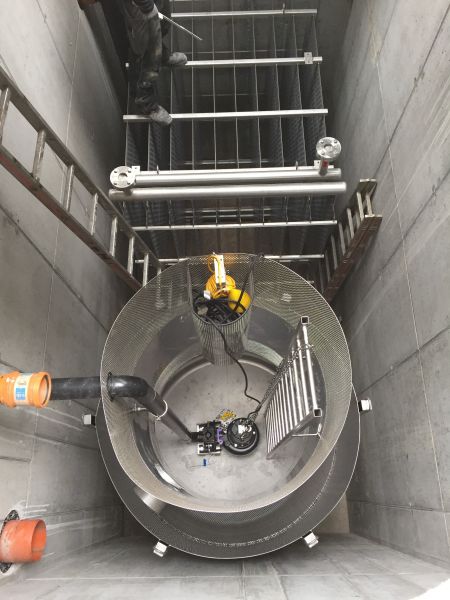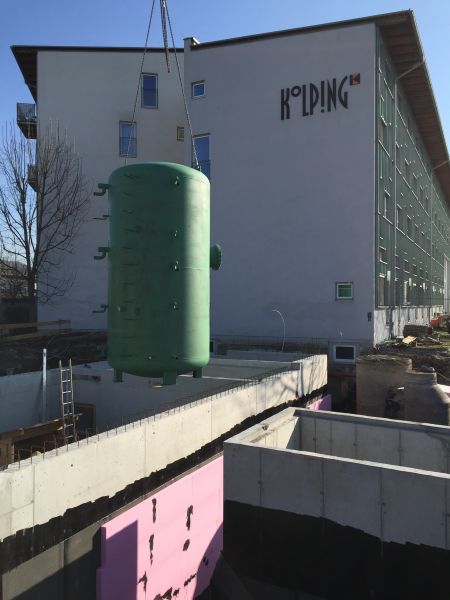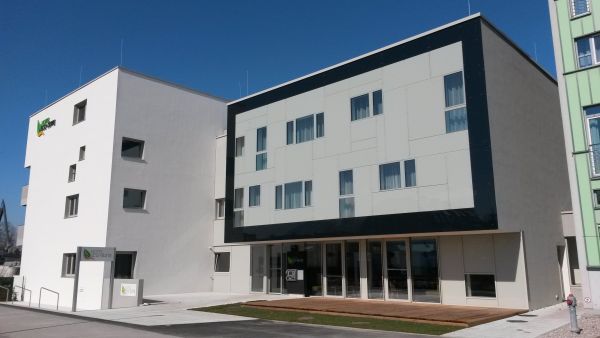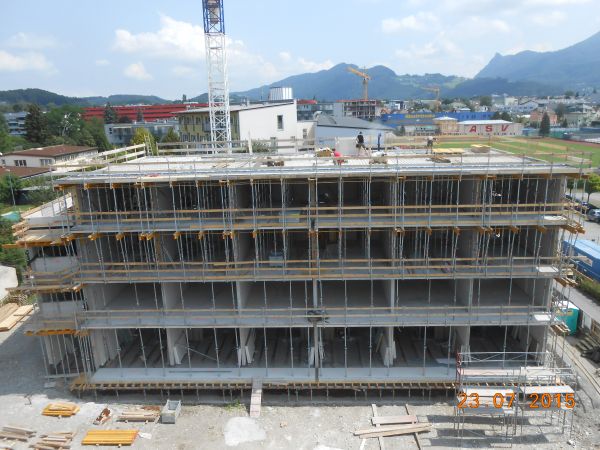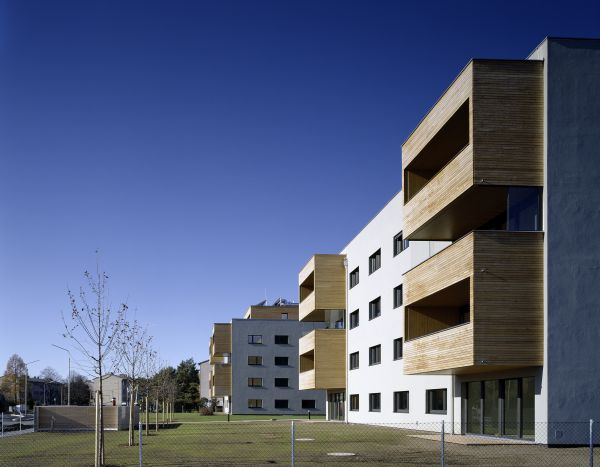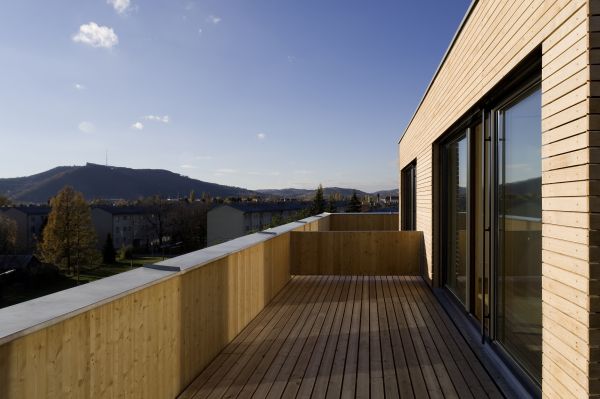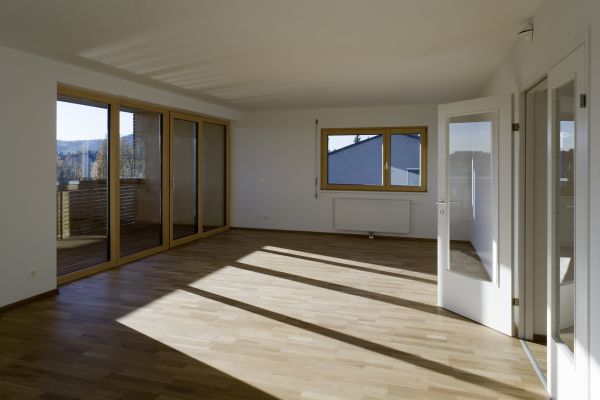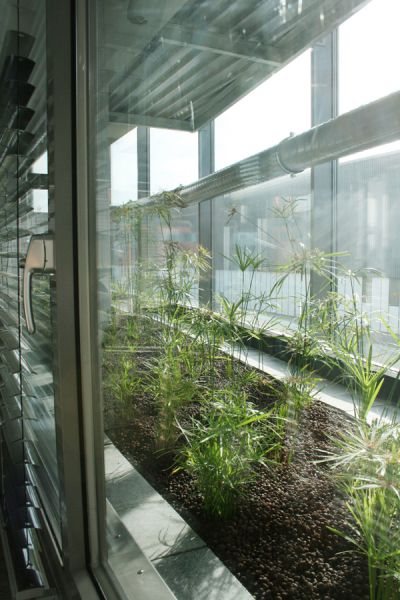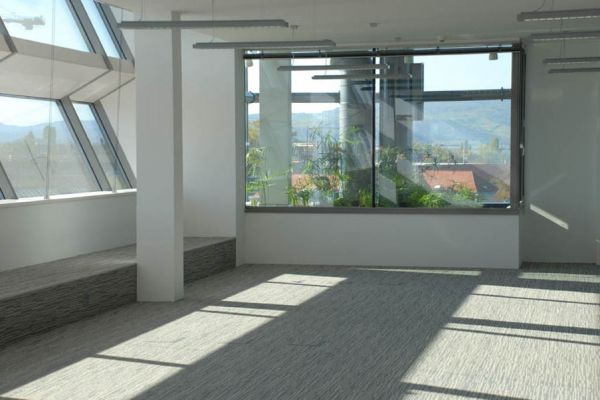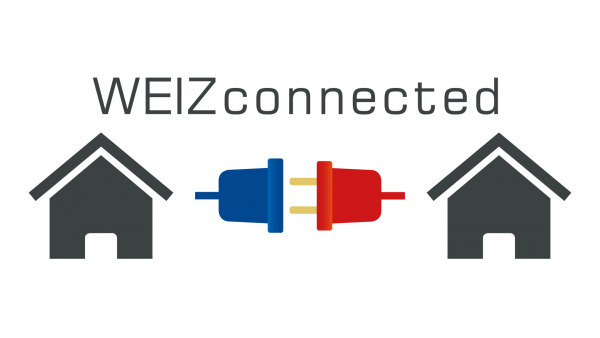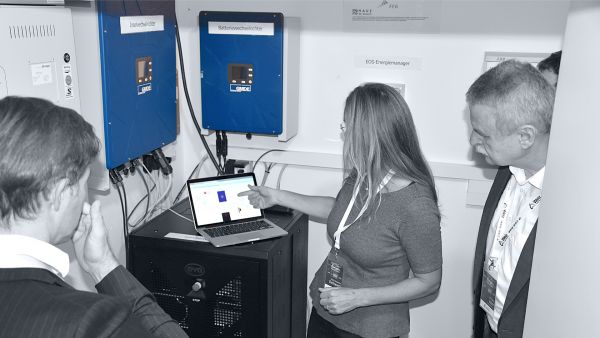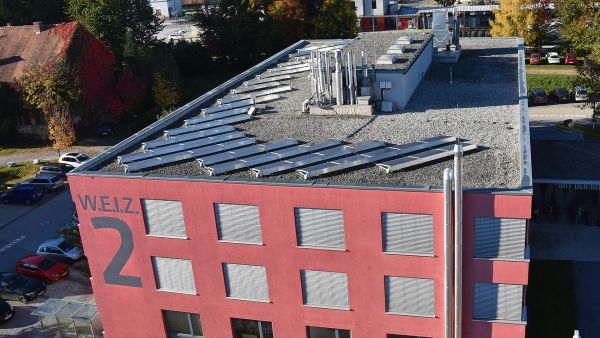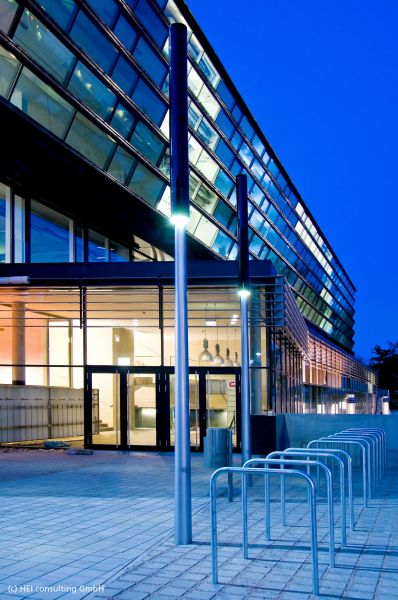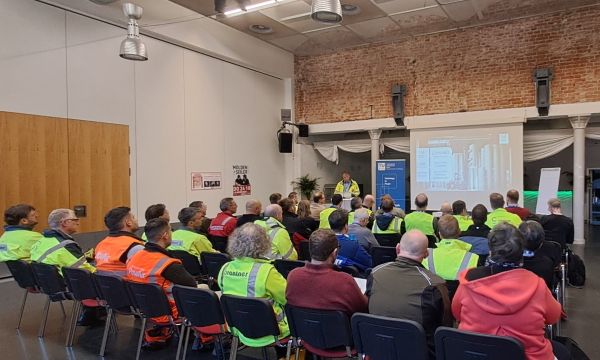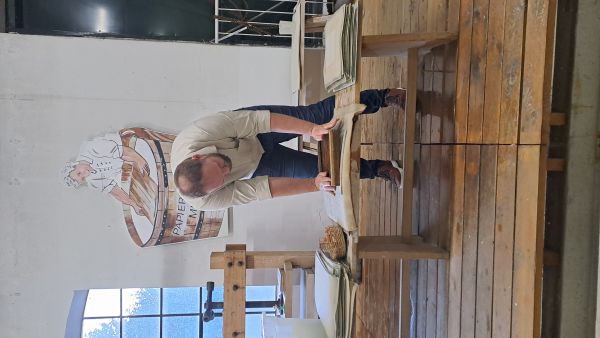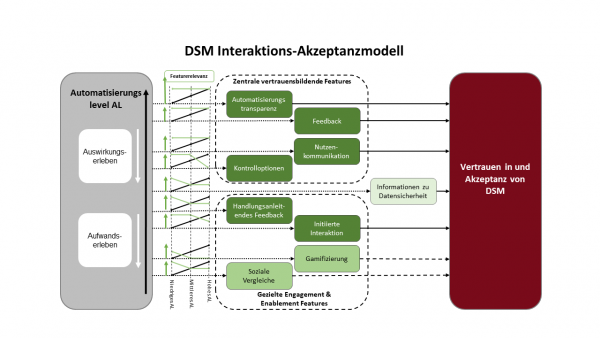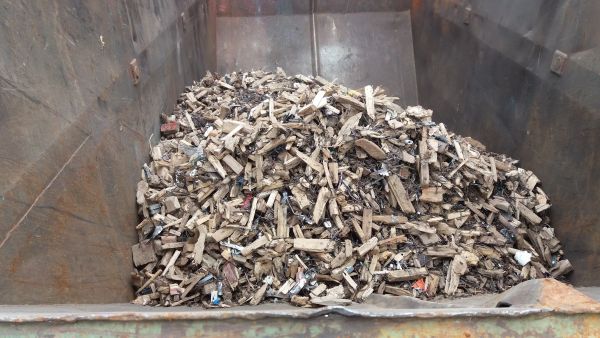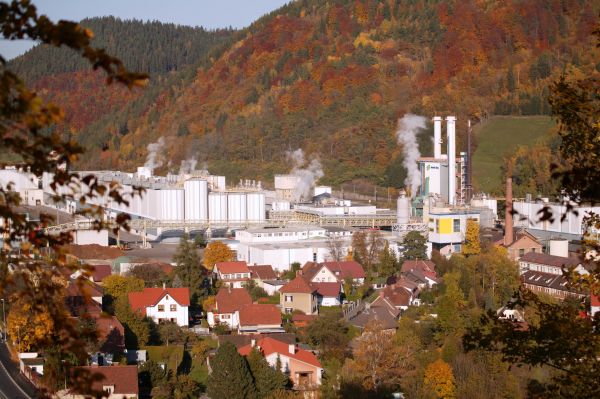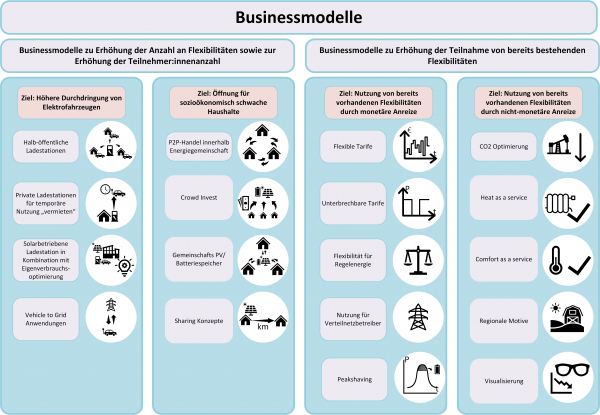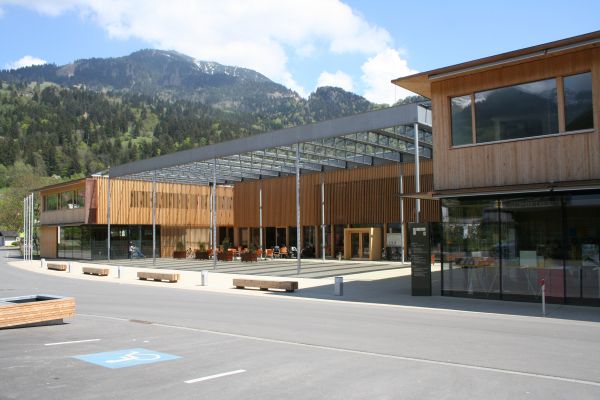Project Image Pool
There are 397 results.
Terms of use: The pictures on this site originate from the projects in the frame of the programmes City of Tomorrow, Building of Tomorrow and the IEA Research Cooperation. They may be used credited for non-commercial purposes under the Creative Commons License Attribution-NonCommercial (CC BY-NC).
Sewer for the waste water
The photo shows the sewer for the waste water, picture taken from Dietmar Stampfer during construction works.
Copyright: Ing. Dietmar Stampfer
Installation of the buffer storage
The photo shows the installation of the buffer storage.
Copyright: Ing. Dietmar Stampfer
View of the entrance
The picture shows the entrance of the Eco-Suite-hotel and the facade
Copyright: Robert Freund
Construction site of Eco-Suite hotel in July 2015
The photo shows the construction side in July 2015, the facade oriented towards the river Salzach.
Copyright: Bauvorsprung, Wolfgang Lackner
WEIZconnected – logo
This ist the logo from WEIZconnected.
Copyright: Innovationszentrum W.E.I.Z.
Demonstration of the energy management system and storage system
Visiting of the system in the building W.E.I.Z. 2.
Copyright: Innovationszentrum W.E.I.Z.
Photovoltaic on the roof of the building W.E.I.Z. 2
20kWp PV-plant on the roof of the building W.E.I.Z. 2.
Copyright: Innovationszentrum W.E.I.Z.
Information exchange before the visit of the fluidized bed unit
Information exchange before visiting the fluidized bed unit of heinzelpaper during the 14th Austrian IEA Fluidized Bed Meeting.
Copyright: TU Wien
Visit of the museum for paper production
Visit of the museum for paper production Laakirchen during the 14th Austrian IEA Fluidized Bed Meeting and the manuel production of paper.
Copyright: TU Wien
DSM Interaction and acceptance model
This figure shows the DSM interaction and acceptance model developed within the project framework, the central trust-building interaction features as well as their changing relevance for the building of trust and acceptance depending on the automation level.
Copyright: AIT Austrian Institute of Technology GmbH
Challenging Fuels
Metal fraction sorted out from the fuel material of a circulating fluidized bed system. Metal residues and wood with nails are sorted out and not burned.
Copyright: IEA-FBC (Franz Winter)
Aerial view of the Norske Skog paper mill in Bruck an der Mur
A residual-matter power plant resumed operation on the paper mill site in March 2022. The power plant is a fluidized bed unit that will enable Norske Skog to reduce CO2 emissions by up to 150,000 tons per year.
Copyright: Norske Skog Bruck GmbH
Business models
This figure gives an overview of the business models that were considered in the context of the project on various issues related to Demand Side Management (DSM). A more detailed description of the individual models can be found in the final report.

